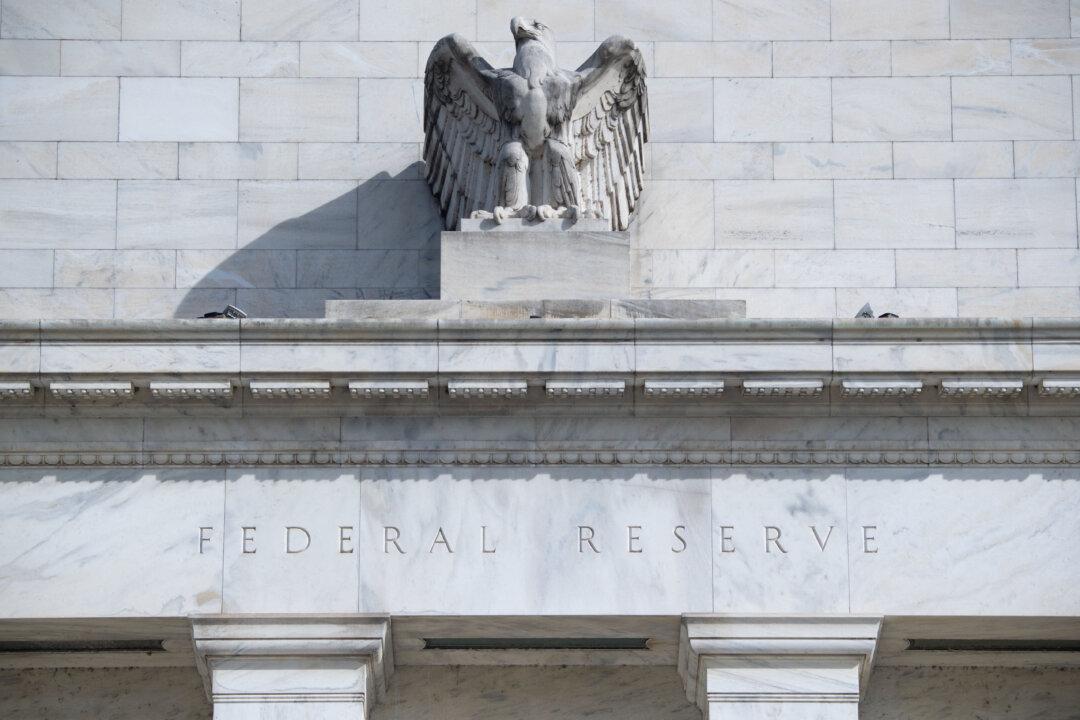Commentary
According to the economist Thomas Sowell, “The first lesson in economics is scarcity. There isn’t enough to satisfy everyone. The first lesson in politics is to ignore the first lesson in economics.”

According to the economist Thomas Sowell, “The first lesson in economics is scarcity. There isn’t enough to satisfy everyone. The first lesson in politics is to ignore the first lesson in economics.”